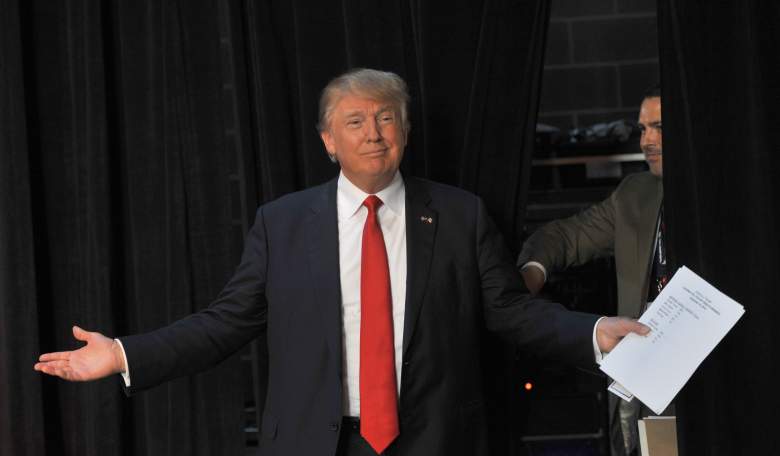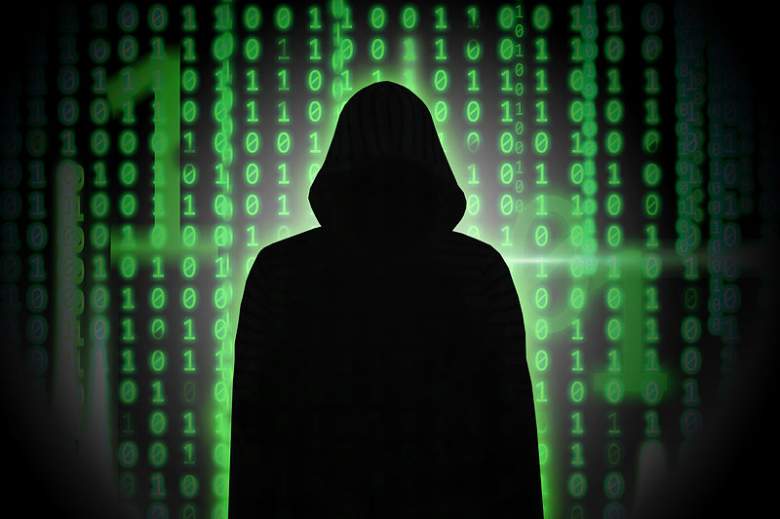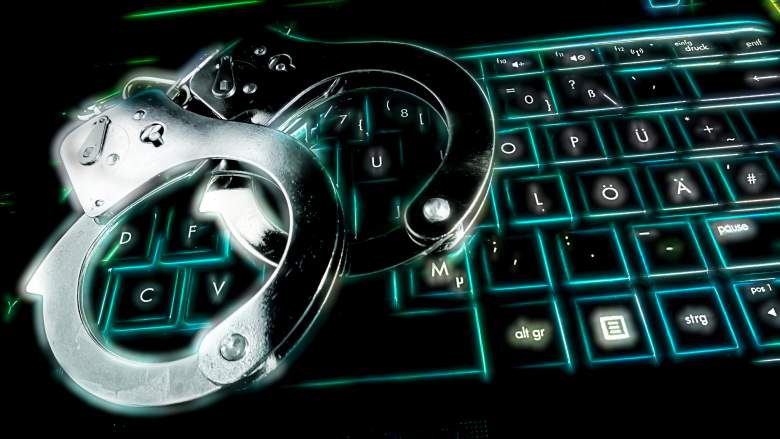
A group called Hack for Trump broke into a bank’s servers so they could donate money to Donald Trump’s campaign. (Getty)
In a story that proves truth really can be stranger than fiction, a hacker group broke into a bank’s website so it could donate money to Donald Trump’s campaign. The group calls itself “Hack for Trump” and is now demanding a $30,000 ransom or it will release confidential information about Fidelity Bank in the Bahamas. In a statement, the group said it only wanted the money so it could help Donald Trump restore America to its former glory.
Here’s what you need to know.
1. “Hack For Trump” Broke Into a Bahamas Fidelity Bank Website

The hackers call themselves “Hack for Trump.” (Wikimedia Commons/Chs87)
The group, which calls itself “Hack for Trump,” hacked into Bahamas’ Fidelity Bank’s website, Press TV reported. The hackers said they were able to obtain sensitive information during the hack. Fidelity briefly took its website offline over the weekend to evaluate the hacks, according to The Cayman Reporter. The bank contacted its customers to let them know about the threat.
2. The Hackers Wanted a $30,000 Ransom in Exchange for Not Releasing Confidential Information

The hackers say they got sensitive information, including personnel reviews. (Flickr Commons/Dennis Skley)
The hackers said they would publish sensitive information unless they were paid a $30,000 ransom, The Naussau Guardian reported. The hacked websites were hosted by a third party vendor, not the bank itself, and were used for marketing and customer inquiries.
3. They Planned to Donate the $30,000 Ransom to Trump’s Campaign

The Hack for Trump group said it wanted to give the money to Trump’s campaign and restore America to its former glory. (Getty)
In the hackers’ demand letter, they said that they were going to give the $30,000 to Trump’s presidential campaign. It’s unclear whether the hackers thought that this information would encourage the bank to go ahead and send the money. The statement read:
If Fidelity does pay us, we plan on using those funds to help Donald Trump get elected to the White House as he is the only candidate who can restore America to its former glory.”
According to The Naussau Guardian, the Trump campaign had not yet responded to their inquiries about the news.
4. Authorities Did Not Release the Money by the Deadline

The bank did not give in to the hackers’ demands, a move that Donald Trump likely would approve of. (Getty)
As the clock ticked away toward the deadline, Fidelity authorities decided not to release the money. The deadline for the ransom has just recently passed, and no information has been published yet., Press TV reported The Data Protection Commissioner, Sharmie Farrington-Austin, is launching an investigation into the incident, The Guardian reported. The bank is also turning over the information to the local police for investigation.
5. Bank Officials Said the Hackers Didn’t Get Sensitive Information, But the Hackers Disagree
Bank officials said they weren’t too concerned about meeting the $30,000 demands because the hack didn’t get any sensitive information, The Naussau Guardian reported. Because the websites were used only for inquiries and the exposed server was owned by a third-party vendor, the risk that sensitive information was lost was very minimal. The bank said that its secure servers, which hold client banking information and customer logins, weren’t breached. The hacking group, meanwhile, acknowledged that it didn’t get customer data but it did dump three databases that served the main website, Press TV reported. Those databases, Hack for Trump said, have confidential information about the bank, personnel evaluations, hundreds of emails from prospective and current customers, both local and international.

